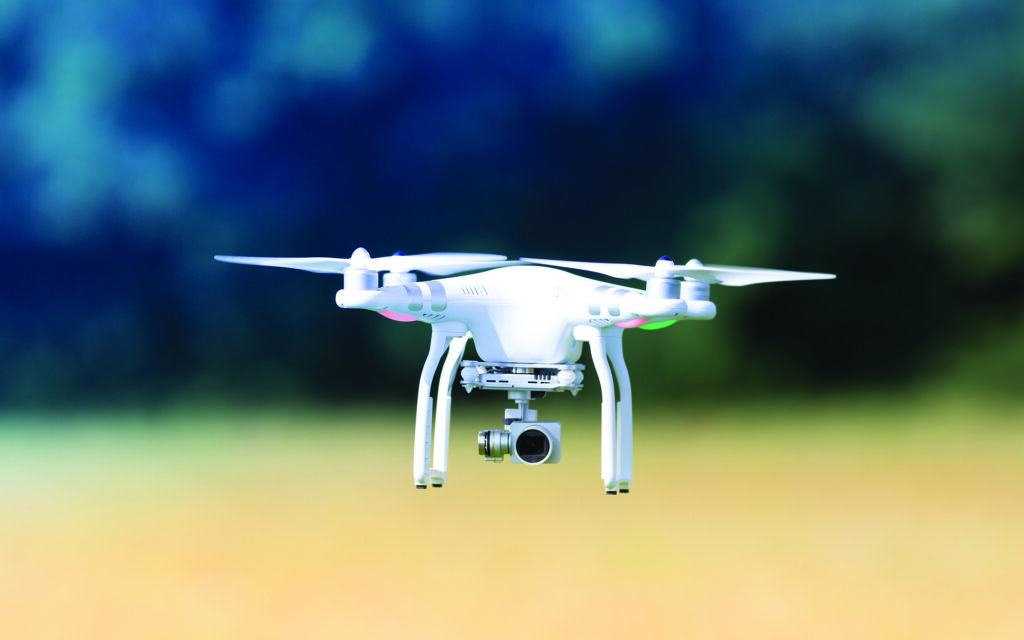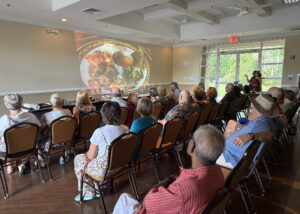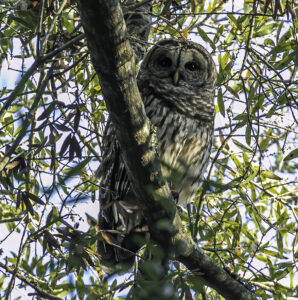Admit it; drones are pretty cool. We’ve all seen them more and more in recent years, not just on the battlefield, but for recreation, construction, firefighting, law enforcement, and even on “America’s Got Talent.”
Drones are cool because they bring the freedom of “flight” to anyone. Flying has always inspired mankind, from the story of Daedalus, to my early days watching Mighty Mouse, along with George Reeves as Superman doing a cheesy two-foot jump onto a mattress offscreen.

Did you know you could buy a drone for as little as $30? Did you know you could open the box and fly it within minutes, without even reading the instructions? Well, getting started is simple, but there are some very important facts to know first.
The most commonly seen drones are a simple looking box with four rotors. These quadcopters also come in versions with six or eight rotors. There are fixed wing drones, single-rotor drones, camera drones, and many other types. The Predator, famously flown by or military, with its 49’ wingspan, is also a drone – as is every remotely controlled plane, jet or helicopter flown by the R/C Flyers Club at our flying field.
There are many safety concerns to consider as some of these little quadcopters can fly faster than 150 miles per hour. Some of the one-sixth scale turbine jets flown at our field can reach 200 miles per hour, and with our field directly below an approach to the nearby Ocala International Airport, there are scores of essential safety rules every R/C (remote control) pilot, whether flying a typical plane or a drone must learn and follow.
Outside of the dedicated flying field, drones are absolutely not allowed to be flown in any other area of our community! Do not fly any drone over private property (your neighbors), any Association common properties, recreational areas (golf courses), or over any construction site. Obviously to do so causes safety issues, as well as serious and legitimate privacy concerns.
While the drone itself may not be expensive, there are many other costs and requirements to contend with. So, if you want to fly a drone in any national airspace this is what you’ll need to do: First, learn the rules for recreational flyers and second, take the Federal Aviation Administration (FAA) safety test (and download their mobile app).
If your drone is heavier than 250 grams (.55 pounds), it must also be registered with the FAA ($5 every three years). You’ll receive an ID card and serial number labels for your drone.
In addition, to fly any drone at the community flying field (even toy drones under this weight limit), you must:
1. Join the Academy of Model Aeronautics (AMA). It costs $85 per year, but the AMA provides $2.5 million of liability and other coverages (that you want and need).
2. Join the R/C Flyers Club. This has recently become mandatory. There has been some leniency in the past, but this will be strictly enforced going forward. Dues are $50 per year, and there is a $100 initiation fee.
If you’d like to begin your adventure as an R/C pilot, visit the club’s website, and their special drone page, at otowrcflyers.com.




